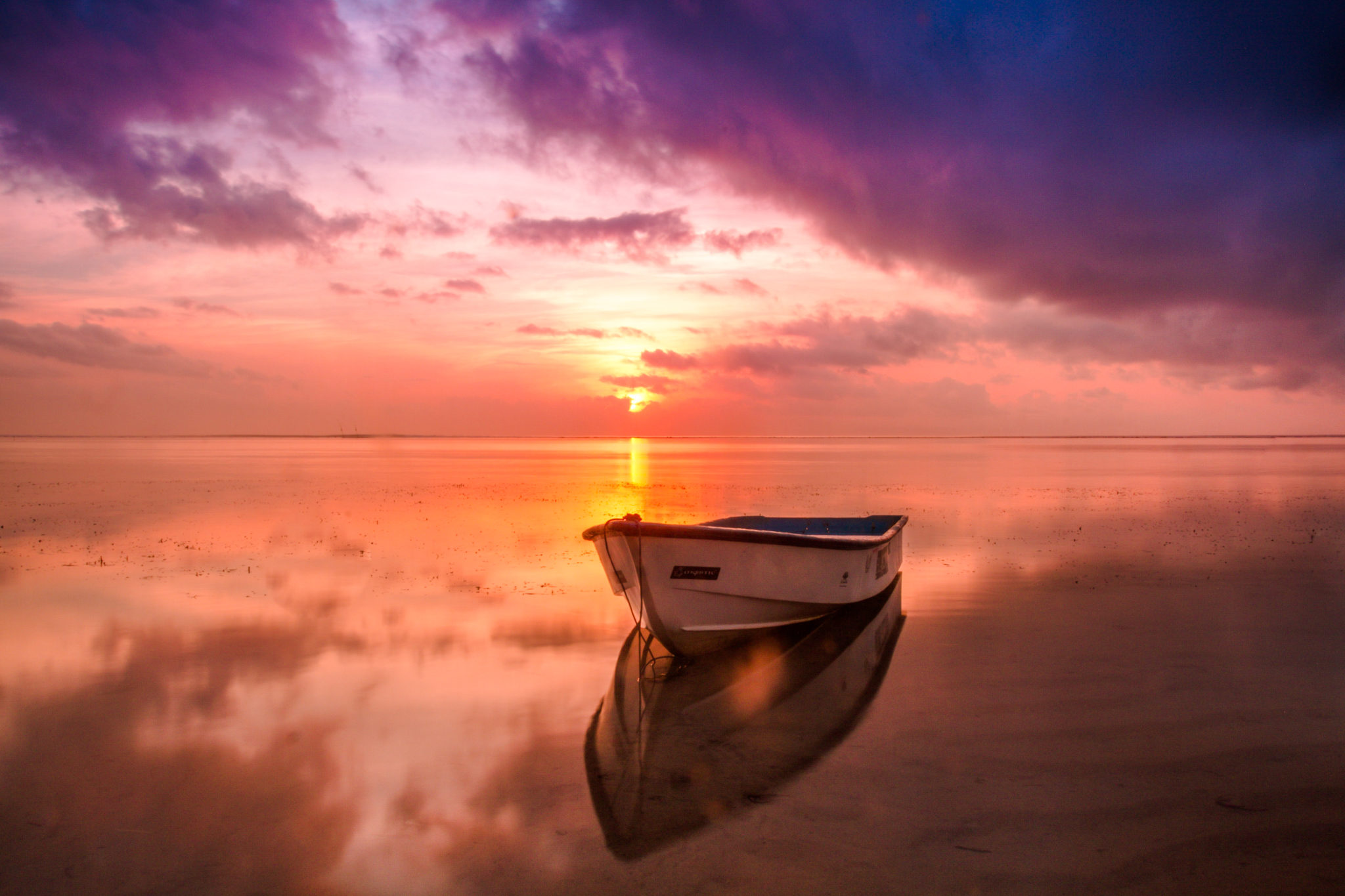Have you ever looked at a landscape photo and gone “WOW”! How do photographers take these amazing photos and make them look extraordinary? Well here are 3 surefire tips to get you started in landscape photography.
Landscape photography is different than taking photos in the city. Of course, depending on the terrain and location, you may be able to grab a few photos if the place you live is surrounded by rivers, lakes, and mountains.
Rüştü BozkuşOn the other hand, if you don’t live in such a place and you really want to take mind-blowing landscape photos, you might have to travel further and explore new places.
There are so many beautiful places around the world to take landscape photos. Wherever you’re located or your destination is, you should always have in mind these few tips & tricks on how to get great landscape images with your camera.

1. Essential Gear For Landscape Photography
While many use just their main camera and kit lens to take photos, there are more options available for landscape photography.
Here are a few items to consider taking with you:
1. Graduated ND Filters / Polarizer:
The ND (Neutral Density) filters will help you properly expose your image if the scene is too bright. They will also give you the ability to have a much longer exposure, smoothing any motion (i.e. the clouds, water or rivers).
2. Tripod:
It is always important to have a tripod with you, either for taking long exposure shots, using a heavy telephoto lens or filming.

3. Remote Release for Long Exposure Shots:
A remote shutter release is an easy and inexpensive way to immediately improve the quality of our images. If you want to take beautiful long exposure photos, you have to eliminate shake. A remote release can help you take the photo without any camera shake. There are three types of remote release:
- Cable Remote Release
- Wireless Remote Release (radio frequency)
- Infra-Red
Releases are readily available at your local camera retailer or online. Just remember that different cameras have different plug-in requirements, so check for compatibility before you purchase.
4. Wide Angle Lens:
A wide-angle lens can help you include more elements in your photo, capturing more space from the sides and adding more depth.

5. Telephoto Zoom Lens:
A telephoto lens gives you the ability to bring subjects closer to you. Another benefit is that it compresses the elements between you and your subject, creating a different look in your photo.
6. Extra Batteries:
Take with you at least one more battery. You don’t want to be out in the middle of the day and see your camera’s battery drained.
7. Memory Cards With Enough Space:
Make sure you always have more storage space with you. A 64GB or 128GB SD card might be enough for capturing JPGs, RAW images or recording high-quality video.

2. Know Your Camera & HDR Settings:
The most important thing after you get a new camera is not what lens to buy next but instead, learn how your camera works! Invest in education.
How well do you know your camera? Many camera owners don’t even check their camera’s manual. This is when they are not aware of what the camera can do for them. For landscape photography, it is required to know your camera’s modes and if you want to nail the perfect shot, you have to know “manual mode”.
HDR stands for High Dynamic Range. New cameras have HDR score which is essential in landscape photography. This feature is the camera’s ability to balance the lightest part of the image with the darkest part (i.e. in a sunrise or sunset). The highest your camera’s HDR score is, the easier would be to recover shadows or highlights of the image in post-processing.
Another way to create an HDR image and balance the highlights with the shadows when your foreground is so much darker than your background is with a method called HDR Bracketing. This mode will take up to five images in different exposures. You will need a photo editing software to merge the images and create one single image with the correct exposure.

3. Choosing the Right Lens For Your Composition:
In landscape photography, most focal lengths will work. Preferably, zoom lenses would be ideal because you can easily focus on your subject without moving.
Prime lenses will also do the job but you might need to carry more than one in your camera bag. For example, if you have a 50mm lens with you (on a full frame body), and the sun is on the left and a tree on the right, you might not be able to include both elements in your photo.
Zoom lenses with an ideal focal length (on full frame cameras) are:
- 12-24mm
- 16-35mm
- 24-70mm
- 70-200mm or 70-300mm
- 100-400mm
For landscape photography, you don’t need fast aperture lenses. Actually, zoom lenses with a fast aperture of f/2.8 will cost you a fortune.
Instead, you can check out zoom lenses with f/4 constant or slower variable aperture.

Final Thoughts
These three tips cover the basics of landscape photography. The more you understand what you need and how to use it, the better your photos will be.
First of all, know your camera settings and features. Then, get the proper camera gear and invest in a good zoom lens.
Wherever you go, use your creativity, imagination and show the world your point of view!
Further Reading
Don't forget our wonderful resource page on Landscape Photography – we love that you can get all these resources in one place and we hope it helps you to become a great landscape photographer.
Further Learning
Do check out Kent DuFault's The Complete Landscape Photography Guide. It is comprehensive in its training and the illustrations give you the visuals to help you grasp the concepts of great landscape photography. Better still are the assignments that help you put your learnings into practice.





